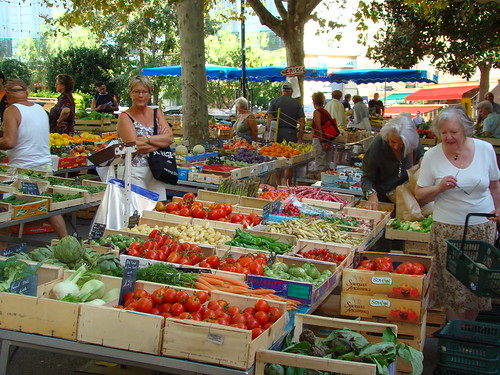I should have loved Virginia Nicholson's Singled Out. I love reading about, and then getting to write about in reviews like this one, women pioneers, women successes, women who beat all of the odds. And there are hundreds of stories like that here: Beatrice Gordon Holmes, suffragette, founder of the Association of Shorthand Writers and Typists, and tremendously successful city businesswoman; the middle-class young lady Victoria Alexandrina Drummond, who against fervent opposition became a marine engineer and in 1940 worked her ship to safety and won the Lloyd's war medal for bravery at sea; Mary Milne, who became matron of St Mary's Paddington, known, unusually for a woman in that role, for her sympathetic handling of trainees and junior staff.
But there are two reasons why, while glad to have read it, I thought that Singled Out was as a book something less as a whole than the sum of its parts. One isn't, perhaps, Nicholson's fault. She charts, fairly enough, the astonishing public hostility against these women – the Daily Mail figures prominently here; Lord Northcliffe, its owner, publicly referred to "Britain's problem with two million superfluous women". Plus ca change… Then there are authors such as Walter M Gallichan, who in The Great Unmarried (1916) wrote of the "modern woman":
Ideas are seething in her busy little brain. She is desperately intellectual. One day she tells you that she is prepared to die for the cause of Women's Suffrage. Next week she will be immersed in economics, or vegetarianism, or free love… 'I don't mean to marry,' she says, with a ring of disdain/ 'I want to live my own life…. She tried to disguise her sex attractions by dressing dowdily, neglecting her hair, wearing square-toed boots, and assuming inelegant poses.
It is souring to read such stuff; women being blamed for being in circumstances that were no choice of their own (they hadn't even had the choice of the politicians who took Britain into the war). You can't help getting angry (and reminded of all of the similar junk still thrown around today, often in the same places). Maybe there needed to be a taster here, but perhaps there's more than is needed.
The second problem is clearly Nicholson's – one of structure. There isn't a very clear one: we swing back and forth from the working classes to the privileged, revisit some women several times, such as the hugely impressive archaeologist Gertrude Caton-Thompson and the writer Vera Brittain, but I never really had a sense of where we were going, or why. And I'm not quite sure why we have to visit the horror of the trenches in the first chapter. Certainly, this was reflected back to the women, but surely that could come through their stories, rather than the men's.
Nonetheless, there's a lot to admire here – and particularly the oral histories, which Nicholson has captured at the last possible moment (many of her interviewees being around the 100 mark). She's great at painting short pictures of ordinary, extraordinary lives, such as that of Olive Wakeham, born in 1907, who spent much of her career as a nursery nurse, since her family couldn't pay for teacher training, was the centre of the lives of many of her 28 first cousins, then ended up as president of the Devon County Association for the Blind, and an MBE.
Then there's Evelyn Symmonds, who got her first job in 1922 at the age of 14, in the Post Office making her a "Civil Servant", a source of pride, then she was gradually promoted, passing exams despite very basic education, and after 30 years was an executive officer in the Accountant General's Department, retiring at 60 after 45 years in the post office. She told Nicholson: "We used to on holidays and please ourselves. We had good money, and I loved my job. I've thoroughly enjoyed life, I must admit…"
And the stark facts of the story are powerful in themselves. In 1911 there were already 664,000 more women than men in Britain – because girl babies are tougher and men were more likely to emigrate to the colonies. And in 1917 you can only admire both the courage and the clearsightedness of the senior mistress of the Bournemouth High School for Girls who stood before the assembled sixth form and told them: "Only one out of ten of you girls can ever hope to marry. This is not a guess of mine. It is a statistical fact. Nearly all of the men who might have married you have been killed. You will have to make your way in the world as best you can." By the 1921 census her words were born out – there were 19,803,022 women in England and Wales and only 18,082,220 males. And this in a world where at the turn of the century less than 30% of women had jobs – and virtually all of these in the traditional housework, childcare or factory roles.
read more »






 About
About